Ashley B.
Content Writer (Hi! I’m Ashley, a Linux Administrator with a passion for making Linux simpler and more accessible for beginners. Since 2021, I’ve been writing friendly, practical guides at OperaVPS to help users install software, use the command line, and get comfortable with their VPS. Linux doesn’t have to be intimidating. and I’m here to show that anyone can learn it with the right support and a little curiosity.
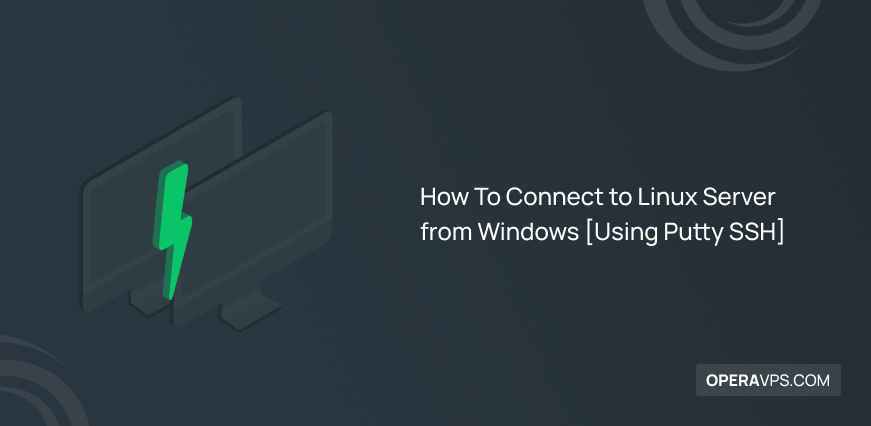
Connect to Linux Server from Windows with Putty
Connect to Linux Server from Windows using PuTTY, a free SSH client that enables secure remote access by entering the server IP, username, and password. This allows command-line control of the Linux server directly from Windows. 🤖AI Overview: Connecting to a Linux Server from Windows typically uses PuTTY, a widely adopted free SSH client. Users […]

Top Ubuntu Based Linux Distros for All Users
Ubuntu Based Linux Distros are stable and secure operating systems built on Ubuntu, offering varied features. Popular options like Linux Mint, Zorin OS, and Pop! OS cater to different user needs from beginners to advanced users. 🤖AI Overview: Ubuntu Based Linux Distros derive from the Ubuntu core, providing different user experiences with unique desktop environments […]

Install IonCube Loader on CentOS 7
Install IonCube Loader on CentOS 7 to securely load encrypted PHP files. This guide covers downloading, configuring, and verifying IonCube installation for your PHP web server. 🤖AI Overview: Installing IonCube Loader on CentOS 7 involves setting up the PHP extension that enables secure loading of encrypted PHP scripts. The process includes installing a web server […]
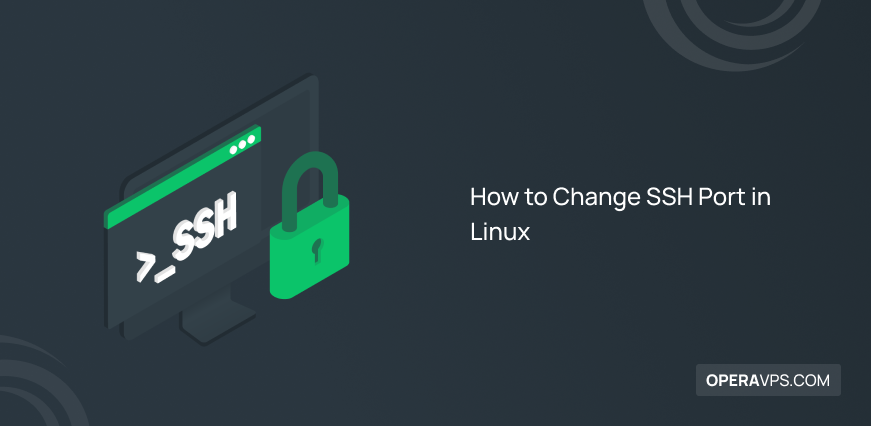
How to Change SSH Port in Linux for Better Security
SSH Port is the network port used by Secure Shell to connect securely to remote servers, usually port 22. You can change the SSH port by editing the sshd_config file and updating firewall rules, which helps improve server security. To change the default SSH port in Linux Ubuntu, Debian, and CentOS, the below steps are […]
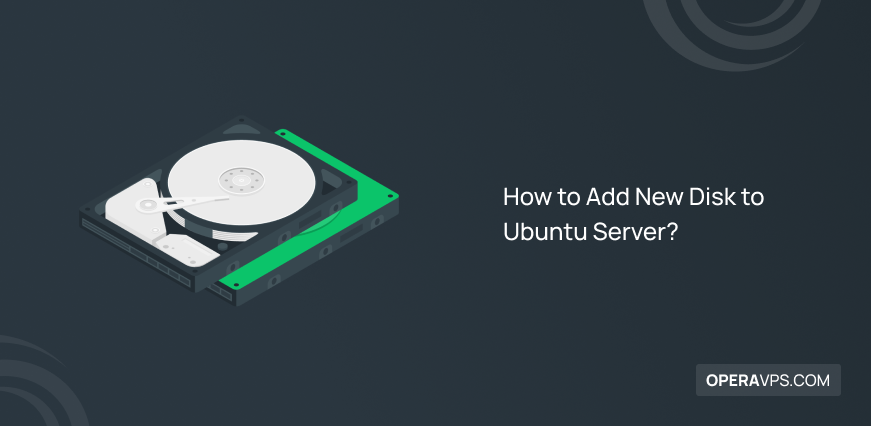
Add New Disk to Ubuntu Server Easily
Add new disk to Ubuntu Server by identifying, partitioning, formatting, and mounting it. This prepares the disk for use in data storage. 🤖AI Overview: Adding a new disk to Ubuntu Server involves using command-line tools like fdisk and mkfs or the GNOME Disks utility in the GUI. The process includes identifying the new disk, creating […]
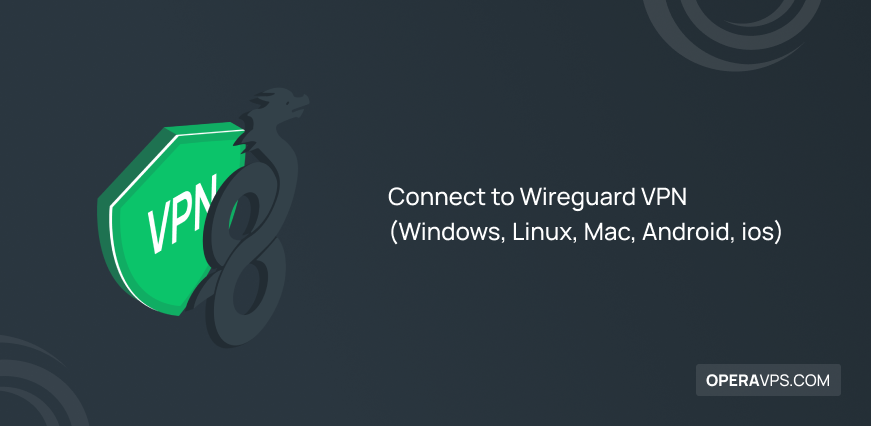
How to Connect to WireGuard VPN Easily
Connect to WireGuard by installing the client, importing your config file, and activating the VPN on your device. This secure method works on Windows Linux macOS iOS and Android. 🤖AI Overview: Connect to WireGuard by setting up a VPN connection with your configuration file. Download the WireGuard client, import the config, and activate VPN on […]
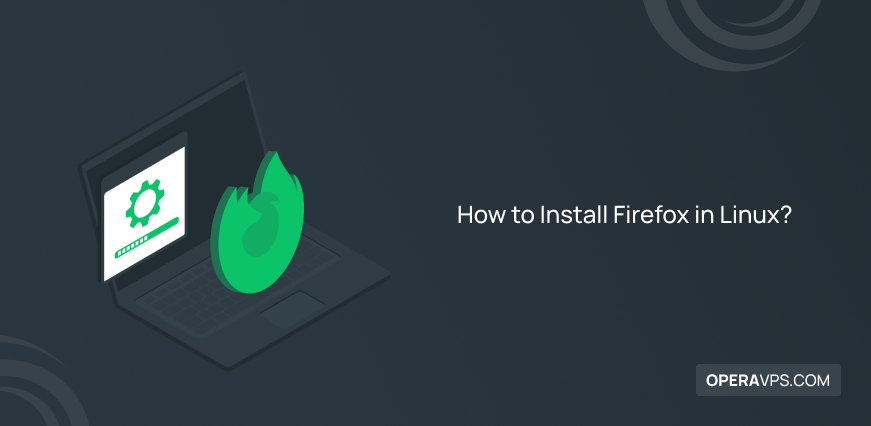
Install Firefox in Linux Easily
Install Firefox in Linux using your distribution’s package manager or by downloading the official package from Mozilla. Simple terminal commands enable quick and secure setup on most Linux distributions. 🤖AI Overview: Installing Firefox in Linux is straightforward with package managers like apt, dnf, or pacman. Alternatively, you can download the official Firefox package from Mozilla, […]
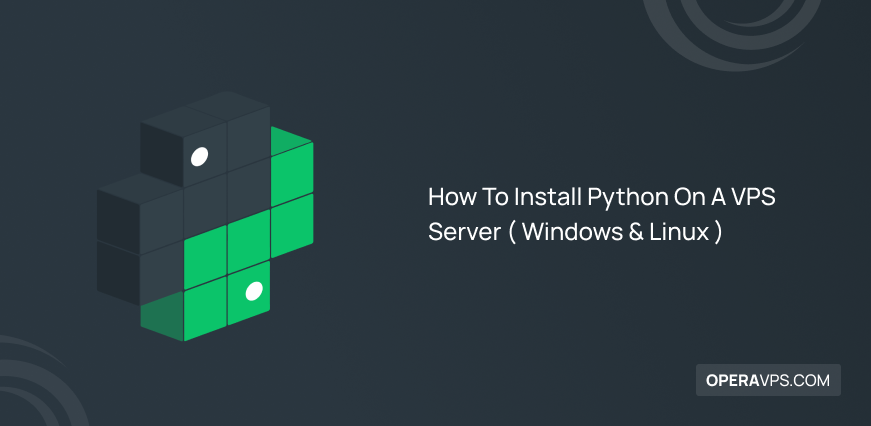
Install Python On A VPS Server Easily ( Windows & Linux )
Install Python on a VPS Server by updating your system and using package managers on Linux or downloading the installer on Windows. Quickly verify the setup and begin running Python applications on your VPS. 🤖AI Overview: Installing Python on a VPS Server involves configuring the Python programming language on virtual servers running Windows or Linux. […]
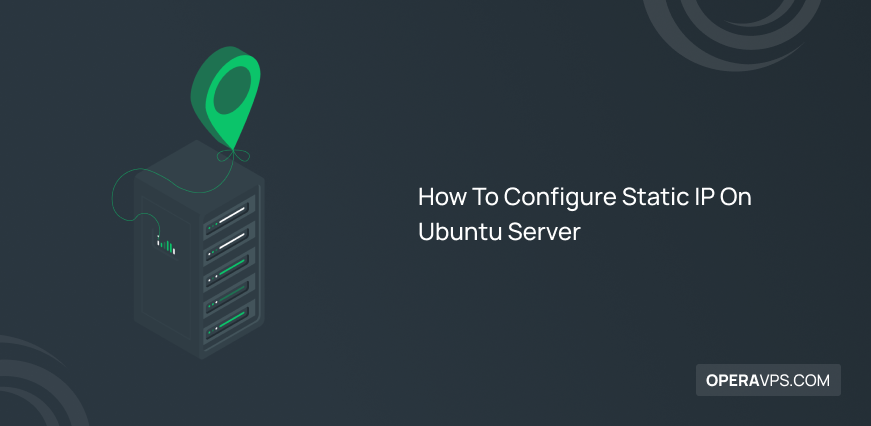
How To Configure Static IP on Ubuntu Server
Administrators configure static IP on Ubuntu server to achieve stable connectivity, predictable remote access, and reliable firewall or routing rules that persist after reboot. Modern Ubuntu uses Netplan YAML configuration with either systemd-networkd or NetworkManager, while older releases relied on /etc/network/interfaces. That shift, along with cloud-init overrides and predictable network interface naming, often confuses even […]
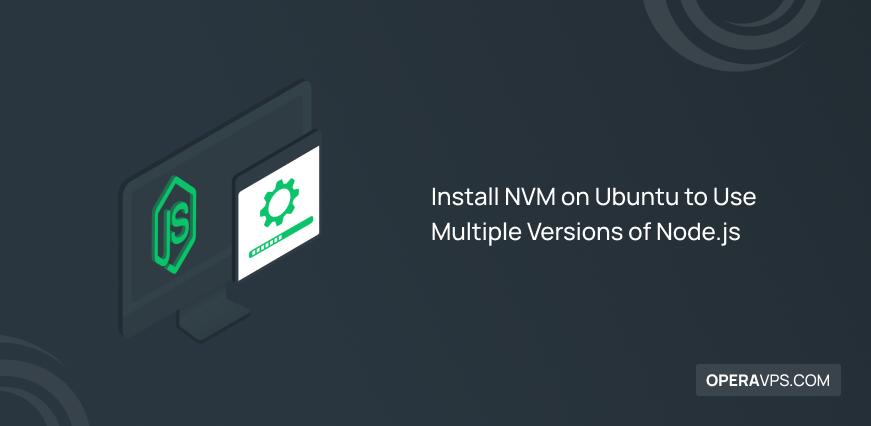
Install NVM on Ubuntu for Node.js Version Management
Install NVM on Ubuntu to easily manage multiple Node.js versions on your system. NVM allows installing and switching between Node.js versions without affecting other projects. 🤖AI Overview: Install NVM on Ubuntu involves setting up Node Version Manager, a command line tool that helps manage and switch between multiple Node.js versions. NVM enables developers to install […]
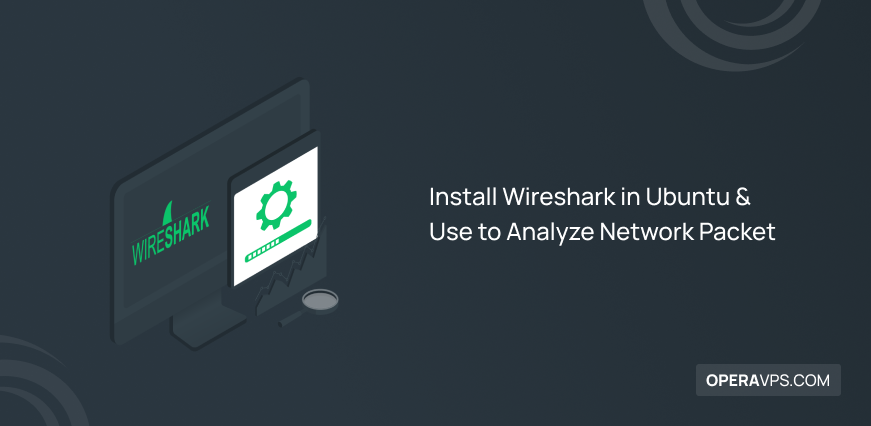
How to Install Wireshark in Ubuntu and Analyze Network Packets
Install Wireshark in Ubuntu to analyze network traffic using an open-source tool. Install it via Ubuntu repositories to troubleshoot network issues and monitor data packets effectively. 🤖AI Overview: Install Wireshark in Ubuntu to capture and analyze network packets for troubleshooting and monitoring. This open-source protocol analyzer requires system updates and user permission configuration. It supports […]
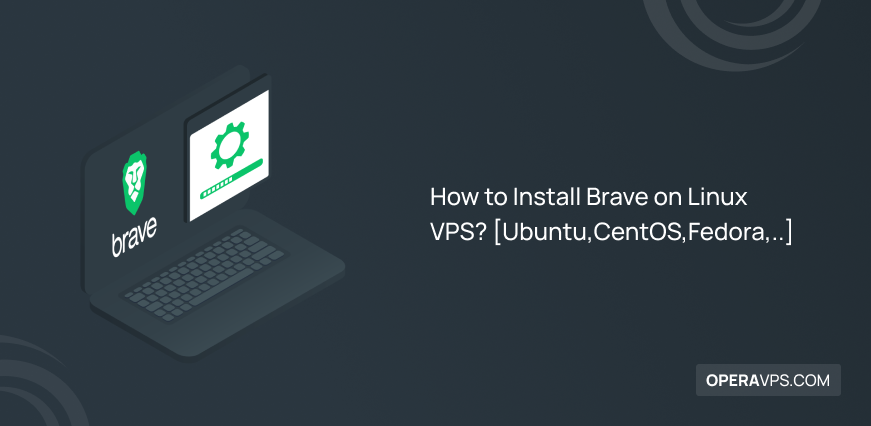
Install Brave on Linux VPS Easily and Quickly
Install Brave on Linux VPS by adding its official repository and installing via your Linux distribution’s package manager. This ensures a secure, updated, and fast browser suitable for VPS environments. 🤖AI Overview: Install Brave on Linux VPS by adding Brave’s repository key and repository to your system, then installing the browser with your distribution’s package […]
